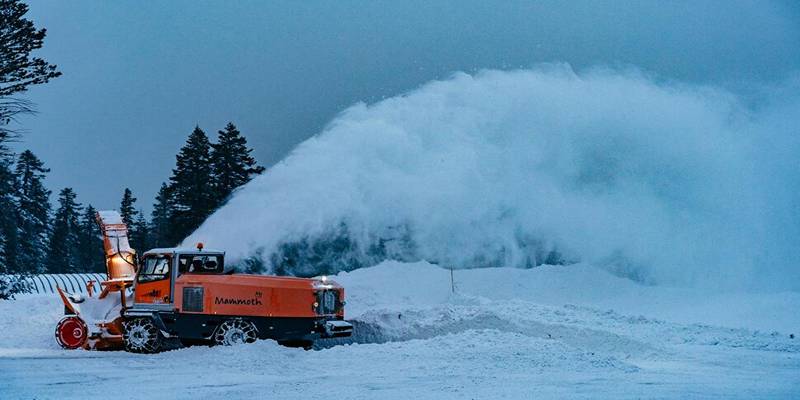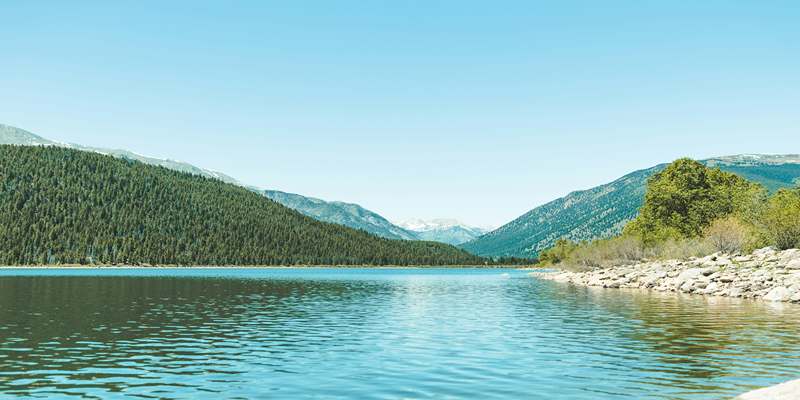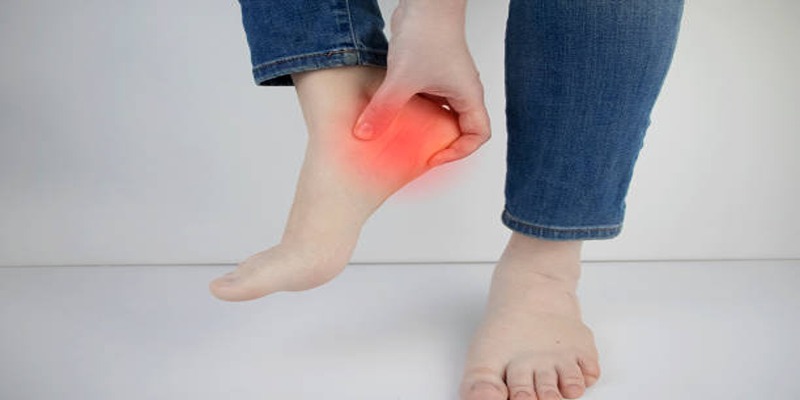Introduction
Because of the consistently lovely and pleasant weather, people like living in Austin, Texas. In February 2021, a severe winter storm struck the city. Many people quickly called the storm a "Snowpocalypse" because it was cold, there was a lot of snow, and many people lost power, making daily life hard for a few days. This event was truly amazing, especially considering the place doesn't usually have very hard winters. More information about the storm, how it hit the city, how the government dealt with it, and how the city got back on its feet will be given in this piece.
The Build-Up to Austin's Snowpocalypse

Austin's weather was pretty nice before the rain hit. In February, temperatures were usually above freezing, and people in the city were not ready for what would happen. They said a cold front would be moving across Texas, which was the first sign of the storm. But no one thought the storm would be as bad as it was. A strong freeze from the Arctic and an odd weather trend helped make the conditions right for what would soon become a terrible event.
Austin usually has a warm winter, but the snow, ice, and very cold weather caught the city off guard. The storm was unusually strong, and it snowed in places that don't usually get a light dusting. It was clear that Austin's infrastructure, which wasn't built to handle such extreme weather, would be tested quickly when it hit.
The Storm Hits: How Austin Was Affected
When the storm finally arrived, it hit with full force. Snow fell heavily on the city, blanketing roads, homes, and businesses. The snowstorm and the resulting ice formed a dangerous layer on the streets, making travel nearly impossible. For most of Austin, this was the first time the city had experienced significant snowfall in many years, and many were unprepared for the harsh conditions.
Not only did the snow disrupt transportation, but the extreme cold also caused problems with the power supply. Power outages affected hundreds of thousands of residents, leaving many without electricity, heat, or water for days. It was particularly challenging for vulnerable populations, such as older people and those with medical needs. Austin's power grid, which is not designed to handle such extreme weather, faced significant strain, and the failure of the grid became one of the most talked-about consequences of the storm.
The Widespread Impact: A City Left in the Cold
As the storm continued, Austin experienced widespread impacts that were felt by residents and businesses alike. The freezing temperatures caused water pipes to burst in many homes, leading to flooding and even more power outages. Grocery stores were emptied as people rushed to stock up on food and essentials. Many businesses, including restaurants and shops, were forced to close temporarily due to the lack of power or the inability to operate safely in such extreme conditions.
The storm also created challenges for local hospitals and emergency services. The freezing conditions made it difficult for emergency responders to reach those in need, and hospital systems were overwhelmed with patients suffering from hypothermia, frostbite, and other cold-related injuries. Despite these challenges, local healthcare workers and first responders worked tirelessly to help those affected by the storm.
The Response: How Austin Came Together
In the face of adversity, the residents of Austin demonstrated remarkable resilience. Neighbors helped each other with snow removal, and many opened their doors to those without heat or electricity. The city's government and local agencies worked around the clock to address the most urgent needs, including distributing bottled water, food, and blankets to those in need. Local organizations quickly mobilized to provide shelters for those needing a warm stay.
However, the response was not without challenges. With roads blocked by snow and ice, it took longer than usual to reach affected areas. Many of the city's emergency services were stretched thin, and the resource demand far exceeded the supply. Despite these difficulties, the community gathered to support one another in a crisis.
The Recovery Process: Rebuilding After the Snowpocalypse

Once the storm passed, Austin faced the monumental task of recovery. Power crews worked tirelessly to restore electricity to the affected areas while city workers cleared snow and ice from major roads. The recovery was slow, and it took several days for normal life to resume. Austin's infrastructure was not designed for extreme winter conditions and required significant repairs.
In the aftermath of the storm, a renewed focus was on improving the city's preparedness for future weather emergencies. Many residents called for better infrastructure to handle snow and ice, including more snowplows and a more resilient power grid. The storm also led to discussions about climate change and how cities like Austin can better prepare for extreme weather events.
Lessons Learned: Preparing for the Next Storm
While Austin's Snowpocalypse was a rare and extreme event, it highlighted important lessons for the future. One of the key takeaways was the need for better preparation and response to extreme weather events. From improving weather forecasting to investing in infrastructure upgrades, the storm was a wake-up call for many.
In addition to government and infrastructure changes, individual residents also learned valuable lessons. The storm reminded everyone of the importance of being prepared for emergencies, whether that means stocking up on supplies, having a backup power source, or knowing how to stay warm during a cold snap.
Conclusion
People in Austin will never forget the Snowpocalypse. But storms bring people together in a way that few other events do. The storm changed the city in many ways, from strengthening people to teaching them how to be ready. As Austin looks ahead, it is focused on preparing for bad weather. Austin will get ready for the next storm, whether it's snow, ice, or just too hot.










